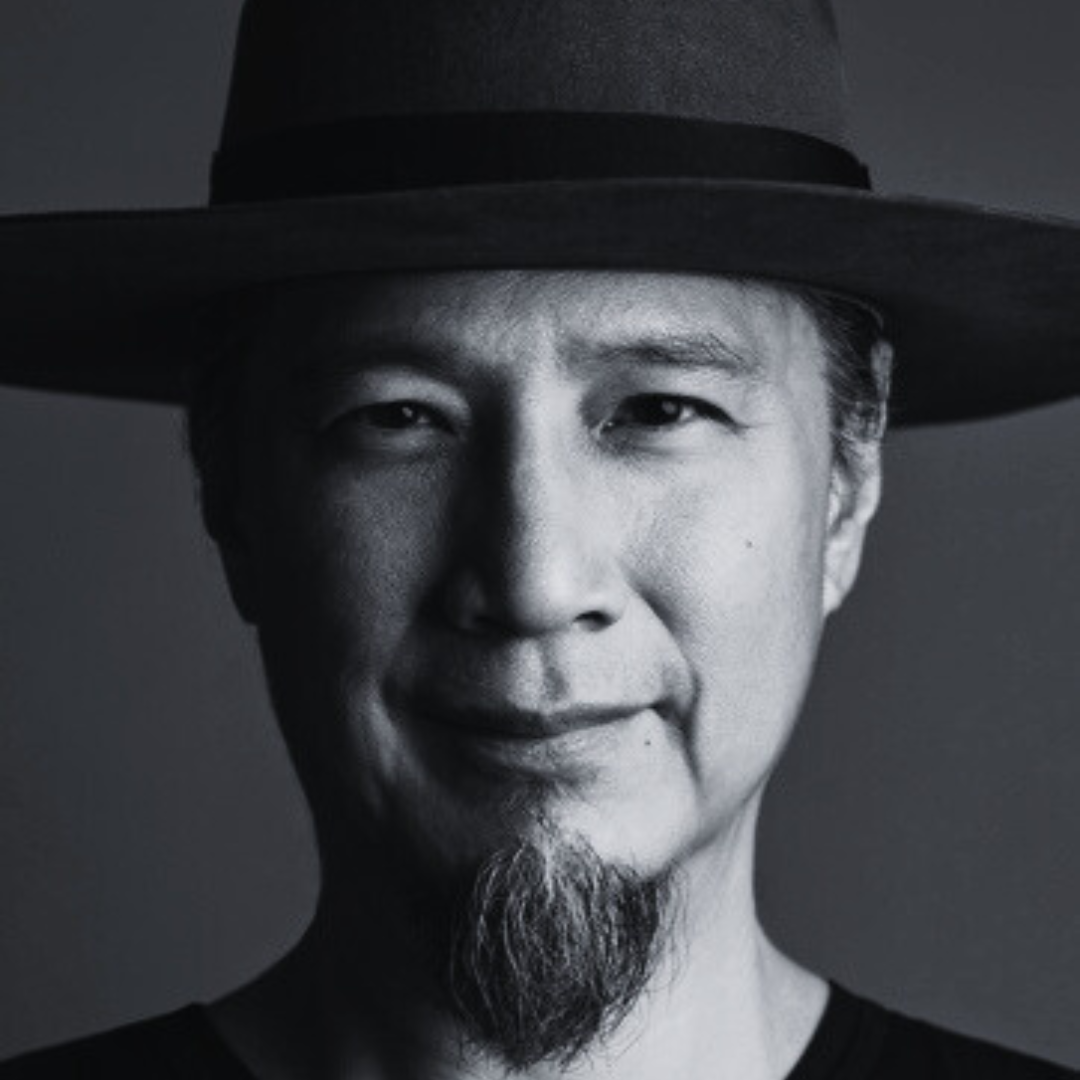
We uncover what has worked best in history, and apply it, without agenda, to today’s biggest challenges.
how to get involved
Pitch a Topic — Share a challenge or testbed for our methods.
Partner or Support — Collaborate on research-to-pilot cycles.
Join the Insider Newsletter — Early insights, pilot invitations, and field findings.
Volunteer with Us - Share your time and skills
Request us - To speak at events/ media inquiries/ other
Donate - Support building futures that work.
Why the Bridge Era Matters
Civilization is in a phase change — a rare moment when multiple crises converge faster than legacy systems can adapt. Climate instability, economic fragility, collapsing trust in institutions, and information chaos are colliding, shaking the foundations of the world we know.
We call this unstable threshold the Bridge Era: the span between a world that no longer works and one not yet built. In this gap, our maps no longer match the terrain. Rules stop working, news becomes noise, and a quiet — and growing — unease signals the story itself is broken.
The good news: coherence can be rebuilt — where individual goals, institutional mission, and planetary resilience pull in the same direction.
How we do it differently
Our flagship method, Retrodictive Validation™ (RV), stress-tests ideas against the full sweep of history to identify what actually works — and discard what only sounds good.
In select projects, we add an additional layer: a tested set of behaviorally-grounded and/or structurally-analogous frameworks that bring more granular precision to strategic design.
THE COMPASS & THE GUIDE
Complex challenges demand both accuracy and a systemic understanding.
Retrodictive Validation™ is the compass — pointing to what history proves works.
An additional array of proprietary frameworks serves as the guide — matching those validated ideas with the most effective, RV-tested strategies in history to ensure rapid, scalable change.
Together, the Compass and the Guide turn enduring insight into practical, real-world solutions.
What We Deliver
Repair what’s broken — Tools to realign incentives, narratives, and rules, from trust-scoring for media to governance compacts for AI.
Build what’s missing — New models for governance, finance, knowledge systems, civic culture, and environmental stewardship.
Catalyze entire fields — Pilots that shift cultures, rebuild trust, and align sectors toward collective flourishing.
Our Scope: The Decagon
Our work spans ten interconnected domains because coherence can’t be rebuilt in silos:
Energy & Infrastructure
Health & Wellbeing
Education & Media
Religion & Ethics
Environment, Food & Water
Law, Justice & Governance
Economics & Employment
Culture & Community
Science & Technology
Housing, Safety & Security
We begin with the Future of Employment & Income Initiative, designing systems for dignity and stability in the AI age — a proving ground for our methods.
Who’s Involved
-

Jim Clark
Founder & CEO, The Bridge Era Institute
Former Founder/CEO, The World Technology Network (WTN)
-

De Kai
(Advisor)
Professor, Computer Science & Engineering, HKUST; Distinguished Research Scholar, ICSI (Berkeley); Founding ACL Fellow
-

Gary Kazantsev
(Advisor)
Head of Quant Technology Strategy, Bloomberg; Adjunct Professor, IEOR, Columbia University
-

Ali Mostashari
(Advisor)
CEO, LifeNome; MIT PhD; AI for Humanity Initiative Co-Chair
-

Nouriel Roubini
(Advisor)
Professor Emeritus, Economics & International Business, NYU Stern; Founder, Roubini Macro Associates
-

Douglas Rushkoff
(Advisor)
Professor of Media Theory and Digital Economics, Queens College, CUNY; Host, Team Human; Research Fellow, Institute for the Future; Author and Documentarian.
-

Moshe Y. Vardi
(Advisor)
University Professor and Karen Ostrum George Distinguished Service Professor in Computational Engineering, Rice University
-

Eric Williams
Managing Director, The Bridge Era Institute
Lead, The Future of Employment & Income Initiative
-

Irving Wladawsky-Berger
(Advisor)
Research Affiliate at MIT’s Sloan School of Management; Former Vice President of Technical Strategy and Innovation, IBM
-

Amy Zalman
(Advisor)
Founder and CEO, Prescient; Professor of Foresight at Georgetown University
